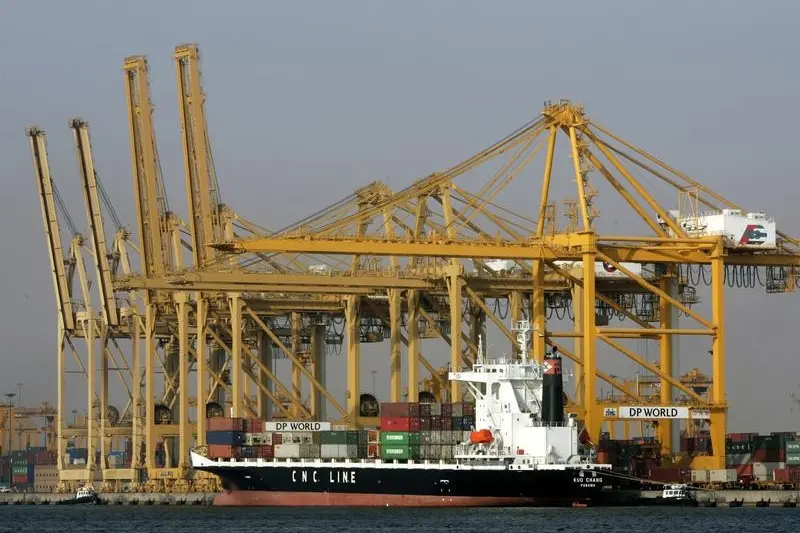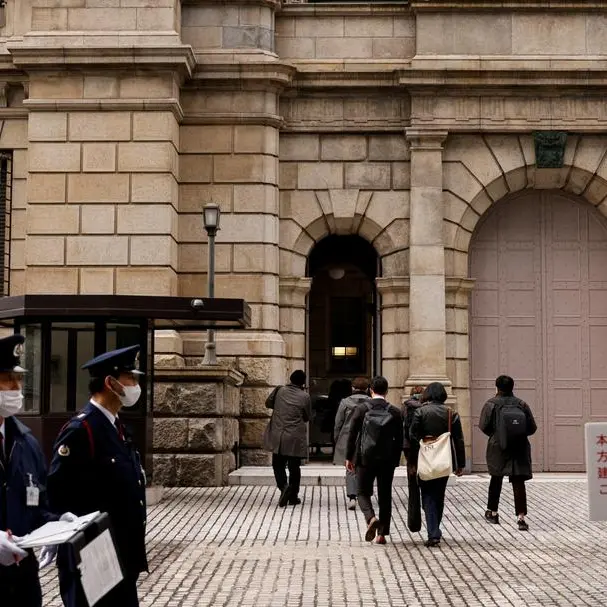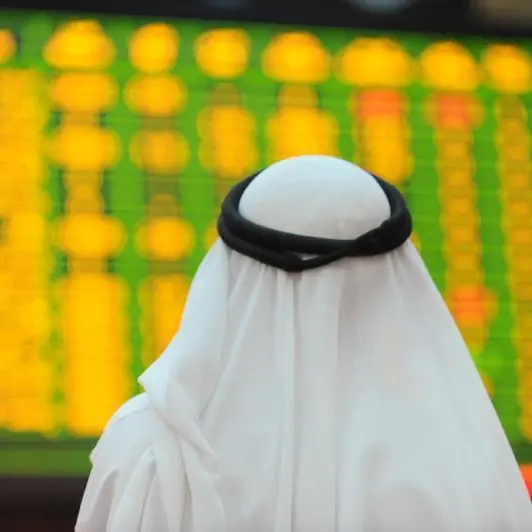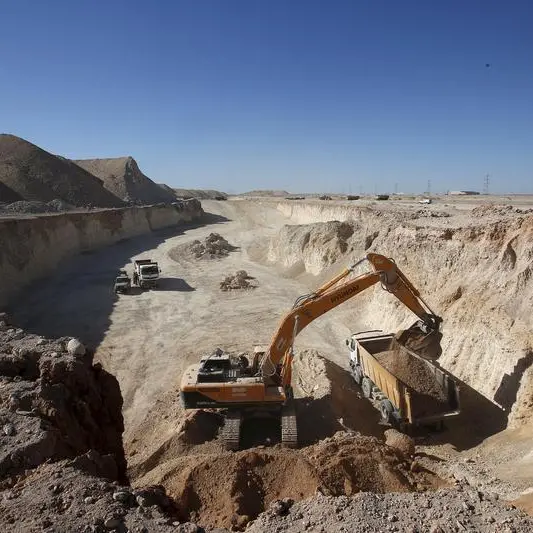PHOTO
A two-year rebound in world trade figures is showing signs of slowing as demand in advanced economies falls, according to a note published on Saturday by Qatar National Bank's economics analysts.
The note said that although global trade volumes had rebounded strongly over the past two years after four years in the doldrums, "recently, important cyclical indicators and gauges for trade momentum are starting to weaken”.
It said that average year-on-year growth in world trade volume jumped to 5.2 percent in January this year, having registered only 2.1 percent average growth between April 2012-April 2016, citing figures from the Dutch Bureau for Economic Policy Analysis.
Yet three-month average growth figures slowed by 1.5 percent between January and June, the note said, with the decline corroborated by lower cargo volume at major ports and purchasing managers' index (PMI) data suggesting that new orders peaked in the first half of the year.
"Slower world trade is somewhat surprising as commodity prices remain firm and consensus forecasts indicate that the world is on course to see a robust 3.7 percent growth in 2018, its best performance since 2011," QNB's note said.
It added that although increasing trade frictions may lead to new tariffs being introduced, thus far only around 1 percent of trade has been affected by tariff barriers and that bilateral trade between the United States and China accounts for only 3.2 percent of world exports, citing data from London-based Capital Economics.
QNB's analysts said that slower demand in advanced economies outside the U.S. and in China appear to be behind the decline in demand, with consensus growth forecast for the Euro area for 2018 slipping to 2.1 percent from 2.4 percent, and forecasts for Japan dropping to 1 percent, from 1.4 percent previously.
The note also said that China's growth had slowed due to regulatory efforts to slow credit growth that has targeted the country's shadow banking system. This has led to a slowdown both in retail sales and fixed asset investment growth in China, it added. However, it also said that growth in China is likely to remain above 6 percent as "both fiscal and monetary policies are eased and authorities prioritise expansion over financial deleveraging".
As a result, it argued that the world economy is still expected to grow at around 3.6 percent next year, with emerging markets growing at 5 percent and the U.S. economy predicted to grow at 2.5 percent.
"In the absence of major shocks, this should ultimately support a relatively high – yet somewhat slower – world trade growth," QNB's report said.
A separate note on the global economy published by National Bank of Kuwait last Wednesday also said that there had been "downward pressure" on China's economy as a result of the government's efforts to temper risky lending.
However, it added that the Chinese government also "announced a spate of fiscal measures to bolster economic activity, including tax cuts for research and development, speeding up special bond sales aimed at increasing government infrastructure spending and also urged local governments to spend unused funds".
It said that China's economic growth slowed to 6.7 percent in the second quarter of 2018, and that the government was targeting growth of 6.5 percent overall.
Further reading:
- China says world trade system not perfect, needs reform
- U.S. invites China to trade talks as tariffs loom
- Japan government more bullish on capex, eyes on U.S.-China trade row
- India outlines series of measures to stem declines in rupee
- Egypt imposes new import tariffs on consumer goods
(Writing by Michael Fahy; Editing by Shane McGinley)
(michael.fahy@thomsonreuters.com)
Our Standards: The Thomson Reuters Trust Principles
Disclaimer: This article is provided for informational purposes only. The content does not provide tax, legal or investment advice or opinion regarding the suitability, value or profitability of any particular security, portfolio or investment strategy. Read our full disclaimer policy here.
© ZAWYA 2018











